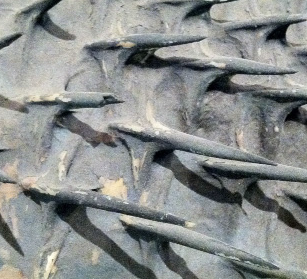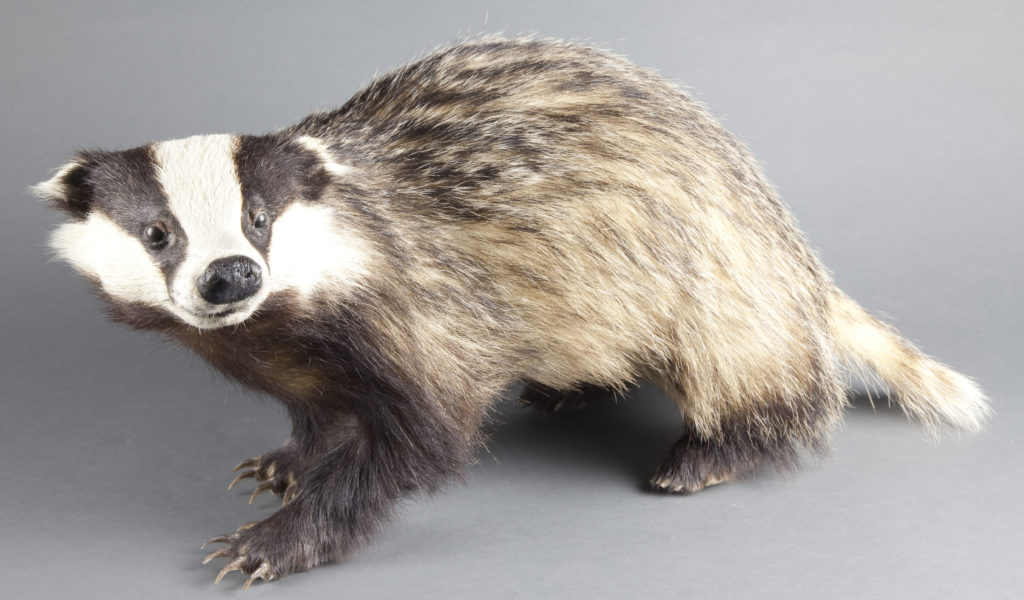Which prickly character is our object this week?
Did you know what last week’s object of the week was?
At first glance you might think that this is the skeleton of a lizard, but look more closely at the skull. The large hole behind the eye socket distinguishes this as a Tuatara (genus Sphenodon), an early offshoot of the reptile group that evolved into lizards and snakes.
Tuatara were once widespread (about 200 million years ago) but the two surviving species are only found on the islands of New Zealand.
These reptiles lack external ears and have a small pineal eye (also called a parietal eye or ‘third eye’) on the top of their head which is connected to the pineal gland. This eye has a basic lens and retina and detects changes in light levels.
The function of the pineal eye is to regulate the circadian rhythms of the animal and also hormone production. It is may also play a part in detecting predators like birds that attack from above.





